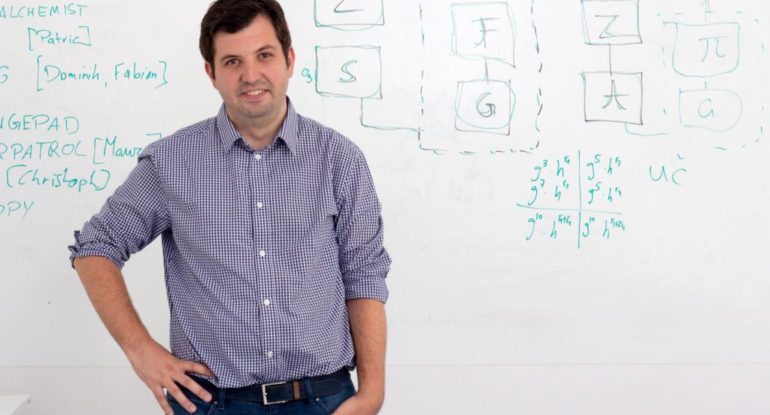Blockchain Research lab, TU Wien Proves To Eliminate Faults In Blockchain

Blockchains are evolving into becoming a superior part of internet technology today. They are used for security-sensitive tasks, like managing supply chains for high-tech factories, in addition to cryptocurrencies.
Although Blockchains were initially thought to be the most trusted solution for secure public information exchange, it turned out that they fall short of keeping that promise.
The Security and Privacy Group at TU Wien (Vienna) launched a blockchain research lab in September 2018, in light to this state of affairs. In the past few months, the lab has already proved to be extremely successful. Pedro Moreno-Sanchez joined TU Wien in 2018 after receiving his Ph.D. from Purdue University, is the lab leader and has raised 820,000 Euros from some of the world’s leading blockchain companies.
He has been awarded the prestigious FWF Lise Meitner Fellowship; and most importantly, two major security and privacy problems in Blockchain technologies have been solved with new cryptographic techniques developed at TU Wien. These fundamental solutions have already been applied by the leading providers of Bitcoin software and are being used in performing a large volume of transactions daily.
Coinshuffle and Lightning Networks
Every Bitcoin transaction is updated on the Blockchain which can be read by everyone. This ensures that all the transactions are verified and finally, all participants can agree on who a certain amount of money belongs to. But this tends to compromise with privacy.
“In principle, the Bitcoin blockchain is anonymous, as it does not contain any names, just user IDs, but if I find out which Bitcoin ID belongs to you, I can easily see what you did in the past and can monitor your transactions in the future,” says Moreno-Sanchez.
A retailer who delivers the goods to his customer’s home address and gets paid in bitcoin can easily match names, addresses, and Bitcoin-IDs. “There are even companies that offer this kind of tracking as a paid service,” he adds.
Therefore, to change this, Moreno-Sanchez and his team developed “Coinshuffle”, a software tool which can be easily added to the existing Blockchain technologies, say Bitcoin.
Coinshuffle collects numerous transactions, merges them and creates a single Bitcoin transaction, making sure that all the parties receive the right amount of money at the same time.
After completing the transaction, a definite list of IDs which participated in the transaction is displayed on the published Blockchain, although nobody would be able to tell who sent the money to whom.
“We were able to provide a formal proof that this technology is secure, not even the people sharing the single Bitcoin transaction have a chance to break anonymity—this is a mathematically proven fact.” Pedro Moreno-Sanchez assures through the statement.
Another difficulty that Bitcoin faces is with scalability, the sheer number of transactions can barely be handled anymore. Therefore, the Lightning network has been developed, which enables business partners who frequently exchange Bitcoins to make these transactions privately, without it being published all around the world. Only after the two partners agree to discontinue their series of transactions, the remaining balance is settled using a standard Bitcoin transaction.
“Everyone used to think that this improves privacy,” says Pedro Moreno-Sanchez. “But we found out that this is not true. The system could even be exploited to steal money from others.” But the team at TU Wien proved quick to identify and solve this problem, developing an innovative cryptographic protocol that has been already used in the Lightning network.
Turning Research into Efficient Solutions
Coinshuffle and the new cryptographic protocol for Lightning networks together have quickly caught the eyes of leading blockchain companies. “Just like there are several big companies developing internet browsers, there are several big providers of blockchain software. We talked to them and they have already implemented our solutions,” Moreno-Sanchez said. “So thousands of Bitcoin transactions are performed every day all around the world, using the security and privacy-enhancing technologies designed and developed here at TU Wien.”
“We are very happy to have our blockchain research lab here at TU Wien, and it is astonishing how quickly it took off and produced quite amazing results,” says the leader of the Security and Privacy group at the Institute for Logic and Computation at TU Wien, Professor Matteo Maffei. “Pedro Moreno-Sanchez and his team have not only been incredibly successful in raising money from tech companies and delivering useful solutions, but they have also earned international acclaim in academia. Their results have been presented at the most prestigious scientific conferences in security and privacy.”
Add a comment
You must be logged in to post a comment.




























































